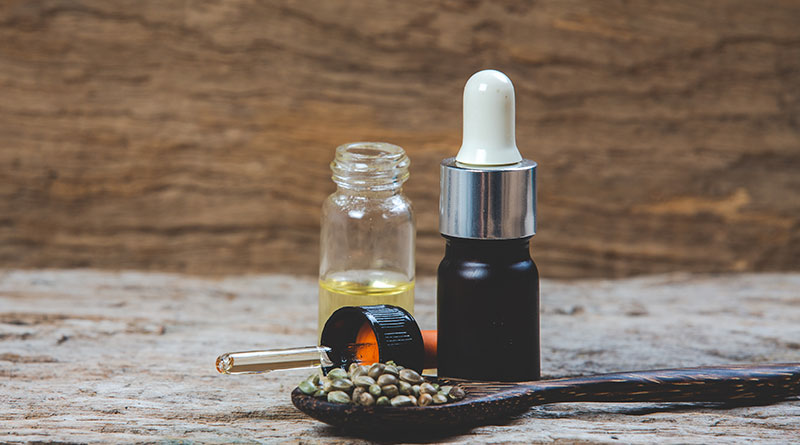Ejaculation and orgasm are often thought of as the same thing, but they are actually two different physiological processes. Understanding the difference between the two and learning how to achieve both can lead to a more satisfying sexual experience.
In this article, we’ll explore the difference between ejaculation and orgasm, the benefits of each, and how to achieve both.
What is Ejaculation?
Ejaculation is the process of releasing semen from the penis during sexual climax. It is a reflex action that is controlled by the sympathetic nervous system. When a man reaches sexual arousal, the muscles in the pelvic region contract, which forces the semen out through the urethra. Ejaculation is often accompanied by a pleasurable sensation, but it is not the same as an orgasm.
What is Orgasm?
Orgasm is the peak of sexual pleasure and is often described as a feeling of intense pleasure that spreads throughout the body. It is a release of sexual tension that is controlled by the parasympathetic nervous system. During orgasm, the muscles in the pelvic region contract and release in a rhythmic pattern, which creates waves of pleasure throughout the body. Unlike ejaculation, orgasm can be achieved without the release of semen.
Demystifying the Step-by-Step Process of Ejaculation and Orgasm
The process of ejaculation and orgasm involves different physiological responses in the body. While ejaculation is the release of semen from the penis, orgasm is a pleasurable and intense feeling that spreads throughout the body.
Here’s how the process of ejaculation and orgasm works:
1. Sexual Arousal: Sexual arousal is the first stage of the process. It can be initiated through physical stimulation, visual or auditory cues, or mental imagery. During sexual arousal, the body prepares itself for sexual activity by increasing blood flow to the genitals, producing lubrication, and elevating heart rate and blood pressure.
2. Plateau Phase: This is the second stage of the process where the body continues to build tension and arousal. During this phase, the penis becomes fully erect, and the testicles elevate closer to the body.
3. Ejaculation: Ejaculation is the release of semen from the penis. It is a reflex action that is controlled by the sympathetic nervous system. During ejaculation, the muscles in the pelvic region contract, forcing semen out through the urethra. Ejaculation is usually accompanied by a pleasurable sensation, but it is not the same as an orgasm.
4. Orgasm: Orgasm is the peak of sexual pleasure and is often described as a feeling of intense pleasure that spreads throughout the body. It is a release of sexual tension that is controlled by the parasympathetic nervous system. During orgasm, the muscles in the pelvic region contract and release in a rhythmic pattern, which creates waves of pleasure throughout the body. Orgasm can be achieved with or without ejaculation.
5. Resolution Phase: This is the final stage of the process, where the body returns to its normal state. Blood flow to the genitals decreases, the penis becomes flaccid, and heart rate and blood pressure return to normal levels. After orgasm, the body may feel relaxed and sleepy.
Benefits of Ejaculation and Orgasm
Ejaculation and orgasm can have numerous physical, emotional, and psychological benefits, ranging from reducing the risk of certain health conditions to improving overall well-being and sexual satisfaction. Find some benefits below;
| Benefits of Ejaculation | Benefits of Orgasm |
|---|---|
| Helps flush out the prostate gland, reducing the risk of prostate cancer | Relieves stress and tension |
| Increases blood flow to the penis, helping to maintain erectile function | Releases endorphins, which can improve mood and decrease pain |
| Improves sperm quality and quantity, increasing chances of conception | Boosts immune system function |
| Reduces risk of urinary tract infections by flushing out bacteria | Improves sleep quality |
| May reduce the risk of erectile dysfunction | Increases intimacy and emotional connection with a partner |
| Can provide a sense of sexual satisfaction and fulfillment | Can be a form of self-exploration and self-expression |
| Can promote healthy sexual function and satisfaction | Improves circulation and cardiovascular health |
| Can reduce tension in the pelvic region, which can help relieve certain types of pain such as menstrual cramps or prostate pain | Helps regulate hormone levels |
| May improve overall sexual function and pleasure | Can provide a sense of empowerment and confidence |
| Can improve overall well-being and quality of life | Can promote better communication and intimacy in relationships |
| Can be a natural and healthy way to explore one’s own sexuality | Can promote a positive body image and self-esteem |
Ejaculation and Orgasm: Common Misconceptions and Myths
Ejaculation and orgasm are natural and healthy aspects of human sexuality, but there are many myths and misconceptions surrounding these topics. Here are a few common myths and misconceptions about ejaculation and orgasm;
- Only men can have orgasms
- Ejaculation and orgasm are the same things
- You can only have one orgasm
- Ejaculation and orgasm are necessary for good sex
- Ejaculation and orgasm are always a sign of sexual satisfaction
How to Enhance Your Ejaculation and Orgasm Experience
Enhancing the experience of ejaculation and orgasm can lead to greater pleasure, satisfaction, and intimacy in sexual encounters.
Here are some tips for enhancing your ejaculation and orgasm experience:
1. Practice Kegels: Kegel exercises involve contracting and releasing the muscles used to control urination. Strengthening these muscles can help improve the intensity and duration of orgasms, as well as the control and volume of ejaculation.
2. Try different positions: Experimenting with different sexual positions can help you discover new ways to experience pleasure and orgasm. Certain positions may provide better stimulation to the clitoris, G-spot, or prostate, leading to more intense and satisfying orgasms.
3. Explore fantasies and fetishes: Exploring your own sexual fantasies and fetishes can help you discover new sources of pleasure and arousal. Discussing these with a partner can also lead to greater intimacy and connection.
4. Use toys or lubricants: Sex toys and lubricants can enhance the experience of ejaculation and orgasm by providing additional stimulation or reducing friction. Experimenting with different types of toys and lubricants can help you discover what works best for you.
5. Communicate with your partner: Effective communication with a sexual partner can help you both understand each other’s needs and desires, leading to greater satisfaction and intimacy. Discussing your preferences, boundaries, and fantasies can help you both discover new ways to enhance your sexual experiences.
6. Focus on mindfulness and relaxation: Being present at the moment and focusing on relaxation can help you experience greater pleasure and intensity during ejaculation and orgasm. Techniques such as deep breathing, meditation, and mindfulness can help you stay present and focused during sexual activity.
Conclusion
Ejaculation and orgasm are two different processes that can provide different benefits and sensations. Understanding the difference between the two and learning how to achieve both can lead to a more satisfying sexual experience. It is important to communicate with your partner, explore your own body, and ensure that you are both comfortable and consenting before engaging in sexual activity.
Whether you are seeking ejaculation, orgasm, or both, remember that sexual pleasure is a natural and healthy part of life.
Sahil Sachdeva is the Founder of curemedoc.com and a Digital Marketing professional with 6+ years of experience. If you need help in Content writing and want to increase your website ranking, connect with him, as he has some premium websites where you can share blogs with DoFollow links and increase your website’s ranking on Google.





